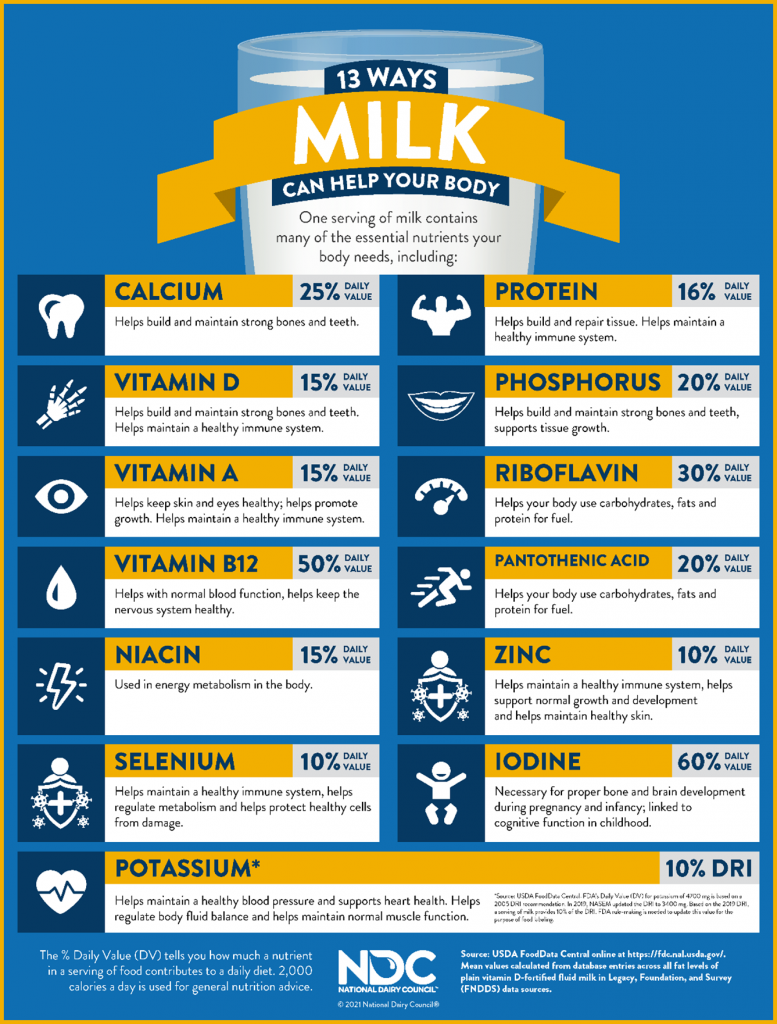Dairy farmers and their cooperatives are an important part of a nationwide effort to promote vaccine confidence. This resource, adapted from the Health Action Alliance’s Small Business Guide to COVID-19 Vaccines and CDC’s Essential Workers COVID-19 Vaccine Toolkit, will help you communicate with employees about the safety and benefits of COVID-19 vaccines and help employees get vaccinated. A healthy dairy workforce is essential to ensuring continuity of operations and a safe, plentiful food supply.
Communicating with Employees
Employees need to know the benefits and safety of COVID-19 vaccines. The information below will help you share clear, accurate information to educate employees about COVID-19 vaccines and raise awareness about the benefits of vaccination.
Key Messages:
- COVID-19 vaccines are safe and effective. Available COVID-19 vaccines have met the U.S. Food and Drug Administration’s rigorous scientific standards and are safe and effective.
- Get vaccinated at your earliest opportunity. Although the vaccine supply remains limited, public health officials are working toward making vaccines widely available for everyone in the U.S. at no cost. Visit your state’s COVID-19 landing page to determine eligibility status.
- It is okay to have questions. Share trusted information with employees so they can make informed decisions about vaccines. If you have questions, talk to a doctor or healthcare provider.
Options for Dairy Farmers:
- Lead by example. Make sure you get vaccinated when it is your turn, and let your employees know you did.
- Adapt key messages about COVID-19 vaccines to the language, tone, and format that will resonate with your employees.
- Post workplace flyers, factsheets and infographics to reinforce the safety and benefits of COVID-19 vaccines.
- Invite vaccinated employees to share their experience with other employees.
- Invite a local physician or other public health expert to speak with your employees and workers about vaccines.
Helping Employees Get Vaccinated
Once an employee has decided to get vaccinated, employers can help by removing barriers that may prevent them from doing so and by offering modest incentives to encourage vaccination. Below are some possible ways to support employees.
- Help identify when and where workers can get vaccinated when it is their turn. The CDC has co-developed a VaccineFinder that can help you locate a vaccine site near you.
- Offer internet access or language support services to help employees and workers schedule appointments.
- Relieve any concerns about costs for vaccines. The federal government is providing vaccines free of charge to all people living in the U.S.
- Provide paid time off to employees who get vaccinated. Many employers are offering between 4-6 paid hours for each dose of a vaccine an employee receives.
- Provide transportation to and from vaccine appointments.
- Partner with a local public health department or other providers to offer on-site vaccinations to employees.
- Consider providing small prizes, rewards or other modest financial incentives to employees who get vaccinated.






